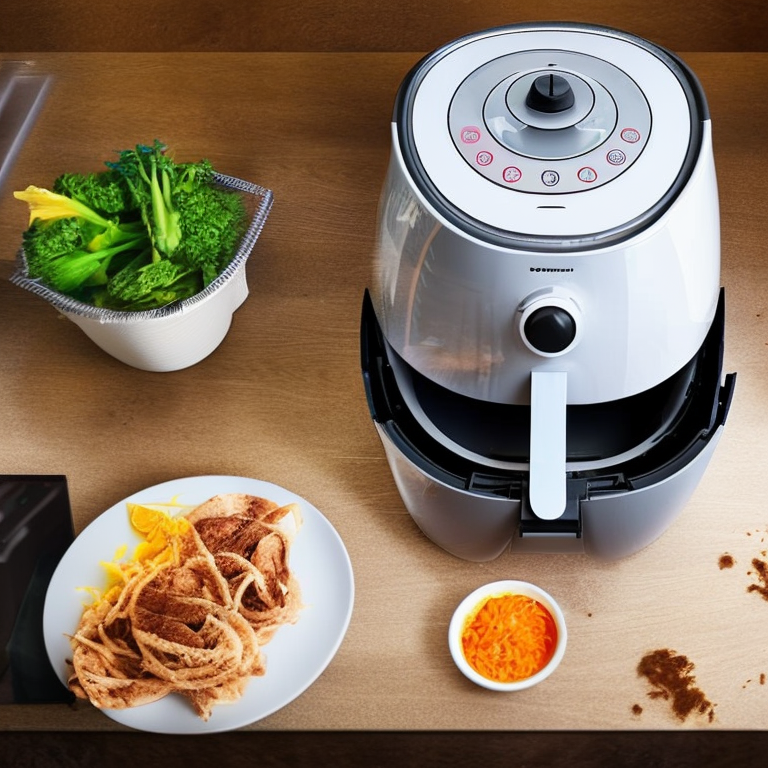
No, you should not put standard Tupperware in an air fryer as most plastic containers aren't designed to withstand the high temperatures of air frying, typically between 150-200°C. The intense heat can cause warping, melting, or even release harmful chemicals into your food. At airfryerrecipe.co.uk, we always recommend using air fryer-safe materials instead.
Air fryers circulate extremely hot air to cook food quickly, creating an environment that's too harsh for most plastics. Standard Tupperware containers are made from polyethylene or polypropylene, which typically have maximum temperature ratings around 120°C. When exposed to higher air fryer temperatures, these materials can deform, melt, or potentially leach chemicals. For safe meal prep alternatives, check out our meal prep recipes using proper cookware.
The risk isn't just about melting - some Tupperware lids contain rubber seals that can degrade at high temperatures. Even if the container survives one use, repeated exposure to heat may cause microscopic damage that makes it unsafe for future food storage. That's why we suggest exploring air fryer-safe glass or metal containers instead.
If you accidentally use Tupperware in your air fryer, several things could occur. The container might warp or shrink dramatically, potentially getting stuck in the basket. In worst cases, melted plastic could damage your air fryer's heating element or interior coating. Some users report unpleasant chemical smells that linger even after cleaning - a sign you should deep clean using our air fryer cleaning guide.
For air frying, opt for heat-resistant glass containers like Pyrex or metal bakeware that can handle temperatures up to 250°C. Silicone containers designed for air fryers are another excellent choice, as they're flexible, non-stick, and heat-resistant. Many brands now make specially designed air fryer accessories that fit perfectly in your machine's basket.
If you're reheating leftovers, transfer food from Tupperware to an air fryer-safe dish first. Our recipe collection includes many ideas for repurposing leftovers without plastic risks. Remember that even microwave-safe Tupperware isn't necessarily air fryer-safe - the heating methods are completely different.
A few high-temperature plastic containers exist, but they'll be clearly labeled as oven-safe or air fryer-safe up to specific temperatures. Always check the manufacturer's guidelines before attempting to use any plastic in your air fryer. Some newer Tupperware lines designed for sous vide cooking might withstand lower air fryer temperatures, but these are rare exceptions.
Using inappropriate containers like Tupperware can void your air fryer's warranty and potentially create fire hazards. Plastic melting onto heating elements is difficult to clean and may affect performance. For optimal results and safety, stick to materials specifically recommended for air frying in our conversion chart and guides.
If you do experience a plastic meltdown in your air fryer, unplug it immediately and let it cool completely before attempting cleanup. Never use sharp objects to scrape melted plastic, as this can damage non-stick coatings. Instead, try gently reheating the air fryer to soften the plastic for easier removal, then thoroughly wash all components.